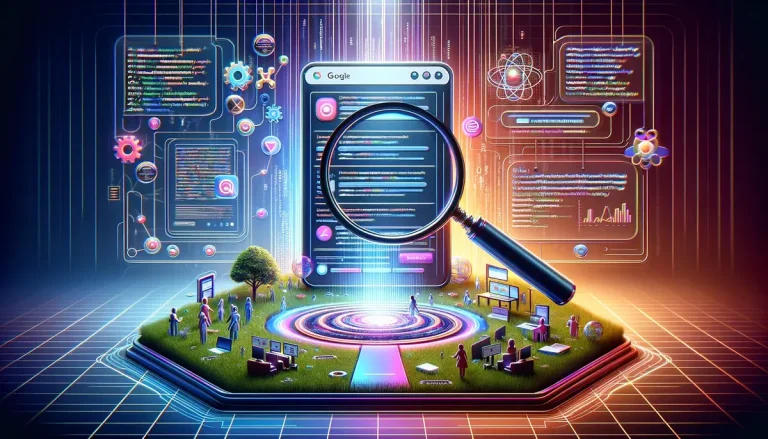Customer service landscapes are swiftly transforming, driven by innovative automation and AI technologies. As the demand for efficient self-service options increases, businesses are turning to interactive voice response (IVR) systems not only to mitigate prolonged call wait times but also to provide a personalized and streamlined service experience.
Thoughtful and strategic IVR system design is crucial in boosting customer engagement, managing higher call volumes effectively, and minimizing operational costs.
In this blog post, we will offer actionable insights on modernizing your interactive voice response setup to elevate the customer experience and enhance operational efficiency.
The evolution of build tools and AI capabilities has made designing an effective interactive voice response system more accessible than ever, and we’re here to guide you in crafting one that meets your customers’ needs.
Read more: Enhancing Financial Services With AI-Powered SMS Notifications
What is IVR Self-Service?
IVR technology enables customers to solve their queries through voice responses or keypad inputs, directing them swiftly to the required services or information without the need for live agent interaction. This transformation in call centers through interactive voice response adoption improves efficiency by reducing wait times, simplifying call routing, and diminishing common customer frustrations.
IVR’s role in customer support is profound, aiding not only in efficient call routing but also in:
- Enhancing customer autonomy
- Facilitating quick resolution of common inquiries
- Delivering timely and effective support
- Reducing live agent workload, allowing them to focus on complex queries
Effective interactive voice response systems smartly prioritize and route calls to provide fast and useful customer support, a necessity in today’s rapid service domains. However, the success of your IVR system hinges on its implementation.
How to Modernize Your IVR to Enhance Self-Service
Modernizing your interactive voice response is vital to maintain top-notch customer service operations. Here are several tips to transform your IVR from a basic automated service to a sophisticated, customer-centric solution:
Tip #1: Map the Customer Journey
Start by understanding the customer journey to identify common issues and breakpoints. Analyzing call patterns and customer feedback helps refine your interactive voice response system by:
- Reducing unnecessary options
- Clarifying menu prompts
- Supporting multilingual options
- Simplifying the escalation process to live agents
By adopting AI-driven solutions, streamline your operations with AI for calls
Learn more
Tip #2: Simplify Your Menus
By minimizing the complexity of IVR menus, you enhance user experience. Focus on the most common customer needs and streamline the navigation process, significantly improving self-resolution rates and customer satisfaction.
Tip #3: Leverage AI and Automation
Incorporating AI allows your interactive voice response to understand and react to natural language, offering a more personalized customer interaction. AI integration also helps automate routine tasks like bill payments and appointment scheduling, relieving your agents to handle more complex issues.
Tip #4: Personalize Interactions
Customizing interactions through integrated customer data improves engagement by offering relevant options based on past interactions, thus personalizing the customer journey through your interactive voice response.
Tip #5: Integrate with Your Tech Stack
Linking your IVR system with your CRM or CDP enhances data continuity across customer touchpoints, ensuring a unified and efficient customer experience.
Tip #6: Testing and Feedback
Continuously testing and gathering user feedback on your IVR system is essential for ongoing improvement, ensuring it meets evolving customer needs and technological advancements.
Modernize Your IVR with Our Expertise
Revamping your interactive voice response is a strategic move towards better self-service capabilities, freeing up your agents for higher-level interactions and ensuring a reliable service channel for your customers.







